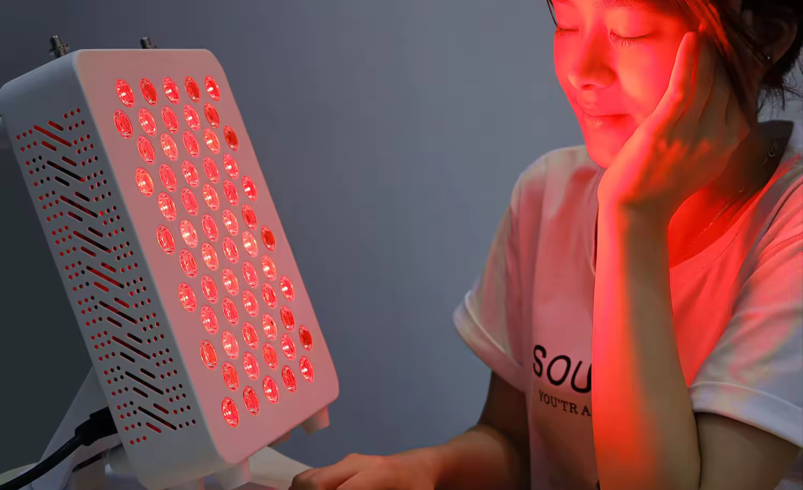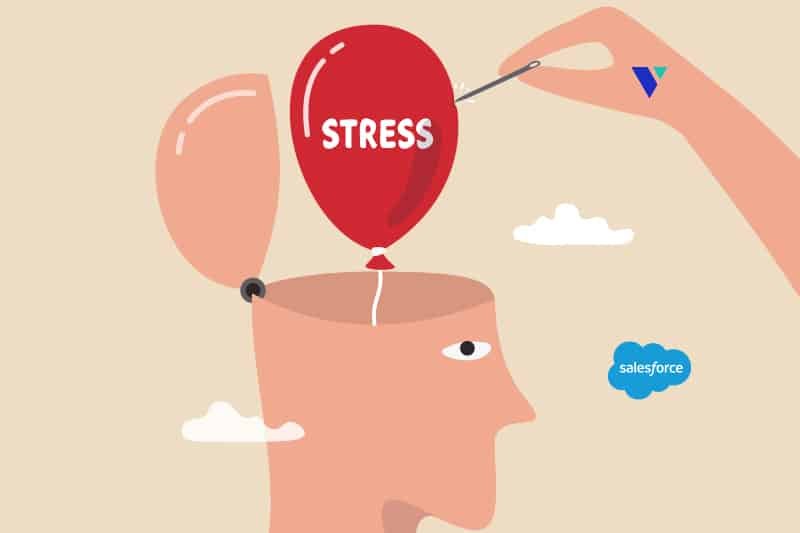How Light Therapy Lamps Can Combat Seasonal Affective Disorder

With the days growing shorter, many of us notice a dip in our energy levels and mood. For some, this seasonal shift can lead to a form of depression called Seasonal Affective Disorder (SAD). Fortunately, there’s a shining solution that doesn’t involve pharmaceuticals or complicated treatments. Enter light therapy lamps, the beacons of artificial sunlight that can turn the cloudy days of winter into a sunny disposition.
Understanding Seasonal Affective Disorder (SAD)
Shedding Light on Winter Blues
SAD is a type of depression that usually begins in the late fall and early winter and goes away during the spring and summer. Its cause is not well understood, but it’s believed to be related to the reduced amount of sunlight available during these times of year. The specific mechanisms aren’t clear, but the reduced exposure to natural light can upset your body’s internal clock (circadian rhythm) and lead to a drop in serotonin, the brain chemical that regulates mood.
The Impact of a Dark Season
The effects of SAD can range from mild to severe, but common symptoms include:
- Feeling depressed most of the day, nearly every day
- Losing interest in activities you once enjoyed
- Low energy and inability to concentrate
- Problems with sleeping
- Changes in appetite or weight
- Feeling sluggish or agitated
- Difficulty with concentration
Illuminating the Science of Light Therapy
How Light Therapy Works
Light therapy aims to replace the diminished daylight of the winter months using artificial light to stimulate the brain’s pattern of natural light. By sitting in front of a light therapy box, you are exposed to a bright light that mimics natural outdoor light. This causes a biochemical change in your brain that lifts your mood and eases other symptoms of SAD.
The Benefits of Light Therapy
Elevate Your Mood
Light therapy has been proven to be an effective and almost immediate mood booster for those affected by SAD. The increased light triggers the production of serotonin, the “feel-good” hormone, which can alleviate symptoms and improve your overall outlook.
Increase Your Energy
Regular light therapy sessions can also increase your energy levels, allowing you to feel more awake and attentive. This is particularly beneficial for individuals who feel lethargic and have difficulty concentrating during the darker months.
Sleep More Soundly
Insomnia and other sleep disturbances are common symptoms of SAD. Light therapy has been shown to help regulate sleep patterns and improve the quality and duration of sleep, which can contribute to a better sense of well-being.
How to Choose the Right Light Therapy Lamp
Lumens Matter
The effectiveness of a light therapy lamp is directly related to its brightness, measured in lux. To treat SAD, look for a lamp with a minimum of 10,000 lux – the standard measurement for providing the correct dose of light to combat the disorder.
Consider the Size
Bigger isn’t always better, but it does matter. Smaller lamps may be more convenient, but larger ones will allow you to sit farther away, which can be more comfortable and more conducive to daily use.
Durability and Features
Consider the lamp’s durability and the availability of features like a dimmer switch and adjustable stands. You want a lamp that can withstand frequent use and can be positioned to provide the most effective exposure for you.
The Power of Light
Light therapy is a powerful tool that has become increasingly popular for its natural and non-invasive approach to treating various conditions. By harnessing the power of
Making Light Therapy a Part of Your Day
Schedule It In
The key to effective light therapy is consistency. Just like any treatment, establishing a daily routine will yield the best results. Set aside 20-30 minutes each morning, ideally within an hour of waking, to use your light therapy lamp.
Pair It with Pleasant Activities
Enhance the therapeutic effects by combining light therapy with activities you enjoy. Read a book, listen to your favorite music, or enjoy a cup of coffee while you soak up the artificial rays.
Mind Your Distance
Position your lamp at the recommended distance, usually about 16-24 inches from your face. The light should enter your eyes indirectly, so it’s essential to understand the manufacturer’s guidelines for the device you choose.
Stay Consistent
The most significant challenge of light therapy is maintaining a consistent schedule throughout the season. Keep at it, and you’ll find it’s easier to manage your SAD symptoms once you establish a routine.
Conclusion
With its ability to mimic the natural benefits of sunlight, light therapy is an accessible and effective treatment for managing Seasonal Affective Disorder. Integrating this simple practice into your daily routine can elevate your mood, increase your energy levels, and enjoy the therapeutic effects of ‘sunlight’ without stepping outdoors.
For those who have yet to experience its benefits, it’s time to invite the sun into your home and brighten your day, one lux at a time. Remember, SAD is a condition that deserves attention and care, and the best treatment is often the one that’s easily within reach – or in this case, within the glow of a light therapy lamp.




